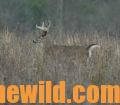Editor’s Note: Between the cover where deer bed down, and the places where they feed, trophy-racked bucks are on the move and vulnerable early in the morning and late in the afternoon.
During dro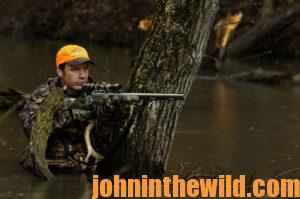 ughts and in arid country, deer may concentrate around water holes or creeks. But remember – a large amount of the water required for body maintenance comes from the food the deer eat. So, watering holes may not be as preferred an area to hunt as other deer attractions. However, if fresh track droppings are found, and a buck has been sighted at a water hole or along a creekbank, this region may provide a preferred spot to meet a big buck.
ughts and in arid country, deer may concentrate around water holes or creeks. But remember – a large amount of the water required for body maintenance comes from the food the deer eat. So, watering holes may not be as preferred an area to hunt as other deer attractions. However, if fresh track droppings are found, and a buck has been sighted at a water hole or along a creekbank, this region may provide a preferred spot to meet a big buck.
But there are some cautions. Remember that as a buck approaches an area he frequents regularly, he’s extremely conscious of danger. For this reason, the hunter needs to take a stand 50–100 yards away from the watering area. He also needs to plan to bag his buck coming to or going away from the water, as the animal may not be as easy to spook before or after he arrives at the wat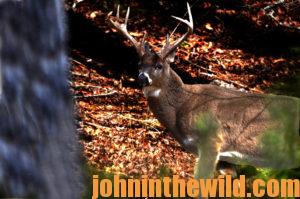 er. A hunter who knows watering holes where he hunts can be very successful, especially if he checks out a water area when the weather’s dry to learn where the ridges of land often underwater are, and where the water concentrates the deer. He identifies the deer’s natural crossings, including underwater ridges, beaver dams, and/or large trees that have fallen into the water that forces brush to collect around them. When a swamp’s flooded, these natural crossings may be underwater. The casual observer only will see a vast region of flooded timber and never realize that in some places this water may be 6-inches or 6-feet deep. When large trees fall across the sloughs, then year after year, as the swamp floods and drains, leaves, sticks and sediment will build-up behind these fallen trees and form ridges.
er. A hunter who knows watering holes where he hunts can be very successful, especially if he checks out a water area when the weather’s dry to learn where the ridges of land often underwater are, and where the water concentrates the deer. He identifies the deer’s natural crossings, including underwater ridges, beaver dams, and/or large trees that have fallen into the water that forces brush to collect around them. When a swamp’s flooded, these natural crossings may be underwater. The casual observer only will see a vast region of flooded timber and never realize that in some places this water may be 6-inches or 6-feet deep. When large trees fall across the sloughs, then year after year, as the swamp floods and drains, leaves, sticks and sediment will build-up behind these fallen trees and form ridges.
To learn more about hunting for deer, check out John E. Phillips’ bowhunting books, available in Kindle, “Bowhunting Deer: Mossy Oak Pros Know Bucks and Bows” (http://amzn.to/1QGvdQx) and “Bowhunting Deer: The Secrets of the PSE Pros” (http://amzn.to/VBr1qW).
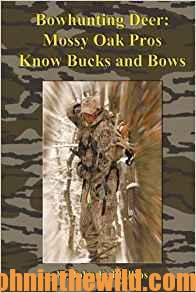
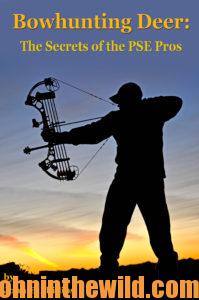 Tomorrow: Recognize How Hunting Pressure Impacts Big Deer
Tomorrow: Recognize How Hunting Pressure Impacts Big Deer

